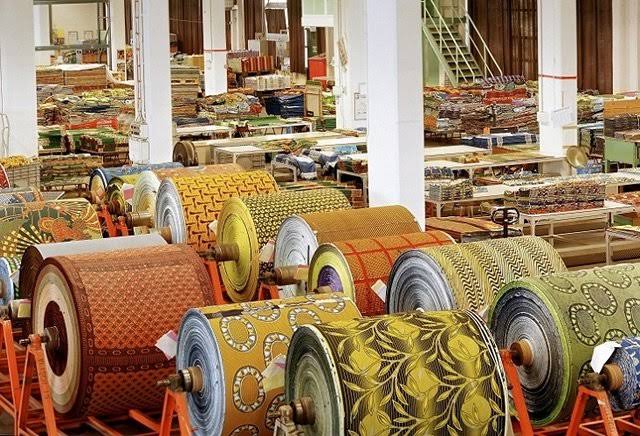Reviving Nigeria’s textile industry is not only an economic imperative but a social and cultural necessity. Once a thriving sector, Nigeria’s textile industry was among the most significant in Africa, providing employment to millions and supporting entire communities. At its peak, the industry contributed significantly to Nigeria’s GDP, and local textiles were cherished both at home and internationally for their quality and craftsmanship. However, years of neglect, policy inconsistencies, infrastructure challenges, and competition from cheap imports have decimated the industry, leaving abandoned factories and thousands of jobless workers in its wake. Revitalizing Nigeria’s textile industry could stimulate economic growth, create employment, reduce dependency on imports, and strengthen Nigeria’s cultural identity.
One of the primary reasons to revive the textile industry is its potential to create jobs on a large scale. One of President Bola Tinubu’s many campaigns promises was to revive the nation’s textile industry. Likely, he made that promise with job creation in mind.
Textile production is labor-intensive and requires a diverse range of skills, from cotton farming to textile manufacturing and fashion design. Nigeria has a young population, and the textile industry could provide them with meaningful employment opportunities. At its height, the industry employed close to 500,000 Nigerians; today, that number has dwindled dramatically. As the country faces a youth unemployment crisis, a reinvigorated textile sector could provide stable livelihoods and reduce poverty, especially in rural areas where cotton farming and textile production could be revived.
Furthermore, a revived textile industry would support Nigeria’s agricultural sector, particularly cotton farming. Cotton was once a major cash crop in Nigeria, sustaining farmers across the northern regions and supporting the local economy. However, the decline of the textile industry led to a drop in demand for cotton, severely impacting farmers and leaving land uncultivated. Revitalizing textile production would rejuvenate this value chain, creating demand for local cotton and providing a stable market for farmers. This, in turn, would foster agricultural productivity, increase income for rural communities, and contribute to food security by strengthening the agrarian economy.
The collapse of Nigeria’s textile industry has also led to an over-reliance on imported fabrics and clothing, contributing to a trade deficit and making the country dependent on foreign economies. Cheap imports, primarily from Asia, flood Nigerian markets, often at prices that undercut any potential local competition. These imports are not only a drain on Nigeria’s foreign exchange but also threaten local artisans and designers who cannot compete with the low prices. By investing in the local textile industry, Nigeria can reduce its dependency on foreign imports, retain wealth within its economy, and create a robust local industry that meets the needs of Nigerian consumers.
The cultural significance of Nigeria’s textile heritage is another compelling reason to revive the industry. Nigeria is renowned for its rich tradition of textiles, with unique fabrics such as Aso Oke, Adire, and Ankara that symbolize cultural identity, heritage, and craftsmanship. The decline of the local textile industry has marginalized these traditional crafts and weakened Nigeria’s cultural representation in global markets. Revitalizing the industry would allow Nigerian fabrics to regain their prominence, preserving traditional techniques and fostering pride in Nigerian-made products. This could also boost tourism, as people worldwide seek authentic, culturally meaningful textiles and fashion, helping Nigeria position itself as a cultural hub for textile arts.
Several measures are essential to bring Nigeria’s textile industry back to life. First, the government must establish consistent, supportive policies for the textile sector. Past attempts at revival were hindered by fluctuating policies and a lack of long-term commitment. A strong policy framework could include subsidies for local manufacturers, import restrictions on cheap foreign textiles, and tax incentives for companies that invest in textile production. Establishing a favorable policy environment would encourage investors and give local textile businesses the stability needed to grow.
Additionally, Nigeria must address its infrastructure issues, particularly in energy. The textile industry relies heavily on stable electricity to power machinery and keep production costs low. Currently, Nigeria’s unreliable energy supply forces many businesses to depend on costly generators, increasing production costs and making it difficult to compete. Investing in infrastructure, particularly renewable energy sources and reliable power grids, would drastically improve production efficiency and make Nigeria’s textile industry more competitive.
Nigeria’s textile industry could benefit from regional and global partnerships. Collaborative ventures with textile industries in other African countries or with global brands interested in sourcing ethically could open up new markets for Nigerian textiles. Such partnerships could promote Nigerian fabrics internationally and increase the industry’s global competitiveness, bringing Nigeria back to the forefront of the textile industry.





